August 9, 2024
Everything You Need to Know About Schönbrunn Zoo in Vienna
Conservation, Fauna, Guide
This page contains links through which we may earn a small commission should you decide to book a tour from our partner.
Top attractions:
Quick Navigation
The Oldest Zoo in Europe
Schönbrunn Zoo is certainly not shy of its titles. Built in 1752, it is the oldest operating Zoo in the whole world and now has been named the best zoo in Europe for six consecutive times by British zoo expert Anthony Sheridan. Schönbrunn Zoo together with the whole Imperial palace was added to the UNESCO list of World Heritage Sites in 1996. Though it was started as a hobby for Emperor Franz I Stephan, today it proudly presents itself as a science-oriented zoo, focusing on the preservation of species and educating people. You can read more about the fascinating history of Schönbrunn and its gardens in this article.
To its credit, after being extinct in Austria, Ural owls were reintroduced in the country’s woods; I was lucky enough to see one of these magnificent creatures out in the wild in Lainzer Tiergarten. Also, the zoo helped restore the previously extinct population in Central Europe – wild bearded vulture species. The late star of Schönbrunn Zoo, young elephant Kibali, was one of the first baby elephants born after artificial insemination in Europe. The zoo is also one of the few places that managed to breed giant pandas naturally. For me, Schönbrunn Zoo absolutely broke the image of zoos being bad for species or even animals. Quite the contrary.

Opened in 1752, Schönbrunn Zoo is the oldest operating zoo in the World. Photo by Alis Monte [CC BY-SA 4.0], via Connecting Vienna
EEP (European Endangered Species)
EEP is the European conservation breeding program for endangered species, coordinated by EAZA (European Aquarium and Zoo Community). The goal of this initiative is to meaningfully interbreed animals so the gene pool of the species doesn’t degrade. Only a genetically healthy population in human care, if necessary, produces viable young animals for resettlement projects.
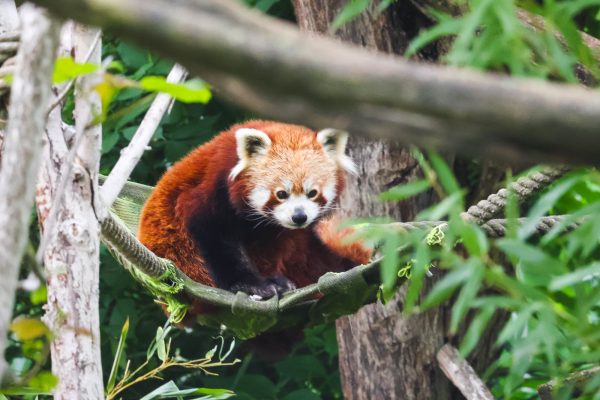
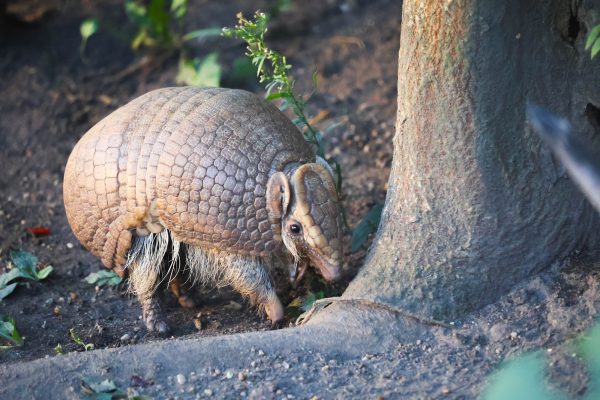
In the past poaching for petting and zoos has decreased the wild population of red pandas, but today zoos cooperate to breed these animals and keep their genetic pool healthy.
Tickets to Schönbrunn Zoo
Schönbrunn is the most visited tourist destination in the whole of Austria and Schönbrunn Zoo gets a big chunk of that. It is natural that long waiting lines form in front of the ticket sales. Considering that there is probably too much to see. in Schönbrunn Zoo within a day, wasting time is a pity. You can skip the lines by buying tickets online in advance. The Skip-the-line Tickets for Schönbrunn Zoo will cost you from € 27/person in 2024.
Vienna Pass
If you’re planning to visit more than just Schönbrunn Zoo, it might be a wise idea to buy the multi-day Vienna Pass. It is possible to get a single-day pass but I wouldn‘t recommend it for Schönbrunn Zoo as you probably won‘t have time for anything else, even the Schönbrunn itself if you want to give it a fair try.
The Vienna Pass has about 60 different popular attractions in the Capital of Austria included. You can get it either on Get Your Guide or on the Vienna Pass official website. Both start from 89€ for a single day and the price goes up to 199€ for six days in 2024.
Like it or not the actual frontier for the well-being of animals is fought at their homelands. Without the preservation of their natural habitat, there is no place for the animals to return to. The space is very limited and its inhabitants are very competitive & even combatant. Until we – humans find homeostasis with nature, breeding programs such as EEP are crucial for the species’ preservation and a reintroduction to their natural home.
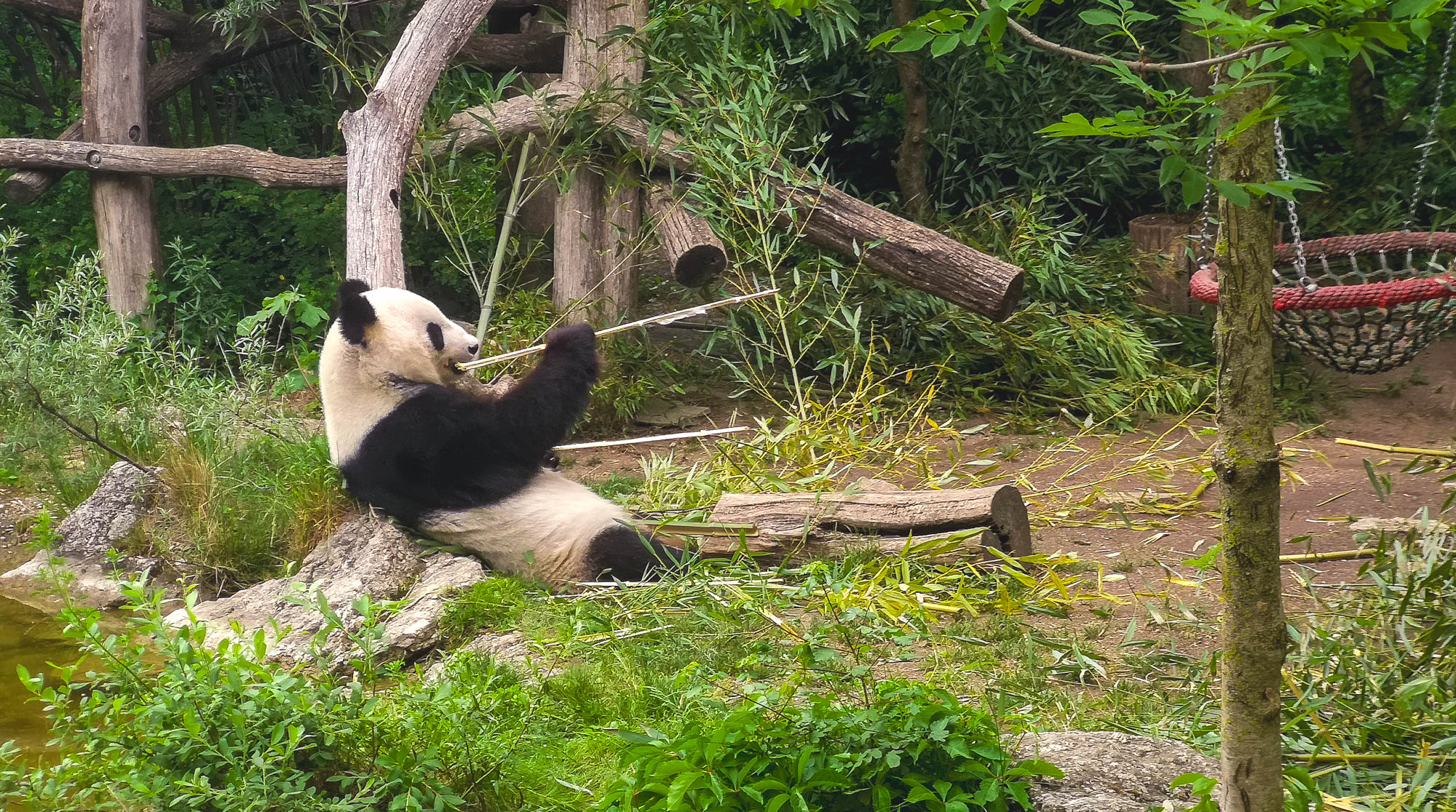
Did you know that giant pandas has to eat bamboo 14hours a day? Photo by Alis Monte [CC BY-SA 4.0], via Connecting the Dots
Schönbrunn Zoo Details
- Location: Hietzing, Vienna
- Coordinates: 48°10′56″N 16°18′09″E
- Address: Maxingstraße 13b, 1130 Wien
- Built: July 31st, 1752
- UNESCO World Heritage Site: 1996
- Entrance fee: Adults – €27, children & disabled – €15.50, under 6 – free
- Opening hours: 9:00AM – 16:30/18:30
- Weather: Vienna forecast
- Best day to visit: Monday, Tuesday, Thursday, Friday & Sunday (March-October)
- Good accomondation: Hietzing, Penzing & Meidling
- Tickets: Skip-the-line Tickets for Schönbrunn Zoo
Map of Schönbrunn Zoo
How to get to Schönbrunn Zoo
Schönbrunn Zoo, together with the rest of the royal palace and its gardens is located in Hietzing on the border with Meidling and Penzing. Given its hunting grounds nature, the zoo is located a bit further from the Vienna City Center. Thankfully, the public transport connections are outstanding in the Capital of Austria, therefore, there won’t be a problem getting to Schönbrunn Zoo.
By Metro
The most convenient way to get to Schönbrunn Zoo is using the U4 metro line, locally known as U-Bahn. There are two stations close to any of the entrances to the zoo: Schönbrunn and Hietzing. Personally, I always start from the Hietzing side and then exit through the other to enjoy Schönbrunn Palace and its gardens before leaving the area. U4 U-Bahn intersects with other metro lines on these stations: U1 (Karlsplatz, Schwedenplatz), U2 (Karlsplatz, Schottenring), U3 (Landstrasse Wien Mitte), and U6 (Längenfeldgasse, Spittelau).
Pro tip: Vienna public transport is free with Vienna City Card and it also gives a discount to Schönbrunn Zoo.
By Tram or Bus
There are several tram and bus options but I don’t see any reason to use them instead of the U4 metro line unless you have a station right next to your doors. Trams running by Schönbrunn Palace include No. 60 (Westbahnhof – Liesing), No. 10 (Hernals – Hietzing), and No. 52 (Penzing – Speising). All the buses running from Hietzing Station are designed in a way to reach the parts of the districts, which are not covered by metro and trams. These buses include lines 56A, 56B, 58A and 58B.
By Car
Schönbrunn Palace is located right next to the city exit to A1 highway between Vienna and Salzburg. You can find the available parking lots on the map.
By Private Transfer
If you want better treatment than public transport, in Vienna – there is always an option. A driver of the flexible private transfer to Schönbrunn Zoo will pick you up and drop you off at your hotel. Skip-the-line Schönbrunn Zoo ticket is also included in the price, thus you don’t need to worry about anything, just enjoy your visit to Schönbrunn Zoo.
With GetYourGuide, you can cancel your orders up to 24 hours before the tour to get a full refund.
Feeding & Training Times 2024
- 10:00 Elephants Training without feeding (daily)
- 10:30 Sea Lions Feeding (Wednesdays-Mondays)
- 11:00 Humboldt penguin (Wednesdays-Mondays)
- 11:30 Rockhopper Penguins Feeding (Wednesdays-Mondays)
- 11:30 Arctic Wolves Feeding (Mondays, Tuesdays, Thursdays, Fridays & Sundays)
- 13:00 Northern Bald Ibis Feeding (daily)
- 13:30 Barbary Sheep & Barbary Macaques Feeding (daily)
- 14:00 Indian Rhinos Feeding (daily from April to October)
- 14:30 Giant Anteaters, Capybaras, Vicunas, Rheas & Seriemas Feeding (daily from April to October)
- 15:00 Siberian Tigers Feeding (Mondays, Tuesdays, Thursdays, Fridays & Sundays)
- 15:00 Western black-and-white Colobus Feeding (Wednesdays & Saturdays)
- 15:30 Sea Lions Feeding (Wednesdays-Mondays)
- 16:00 Koalas Feeding (daily)
Source: Schönbrunn Zoo
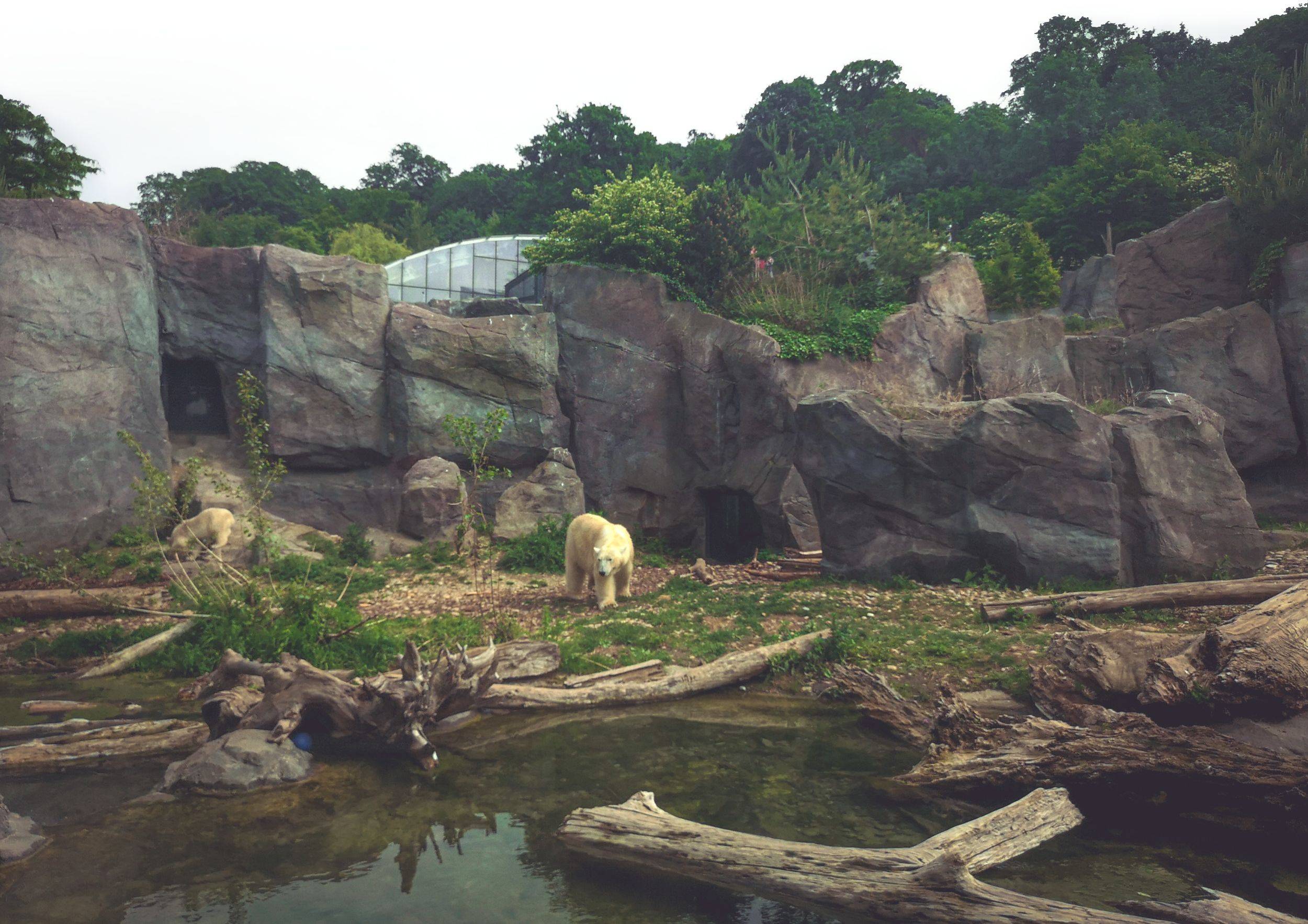
Photo by Alis Monte [CC BY-SA 4.0], via Connecting Vienna
My Impressions of Schönbrunn Zoo
Schönbrunn Zoo might not be the biggest one in the world but having in mind that it is located within an imperial palace, it’s pretty awesome! If you want to visit every corner of it – be ready to walk about 10km. In reality, you won’t even notice because the animals will keep you delighted. It certainly does feel like they genuinely enjoy themselves living here, in Schönbrunn Zoo, and that is easily transferred to us – humans. If you want to learn more about the interesting inhabitants of Vienna’s zoo, I suggest reading any of these articles: This one focuses on the cutest species, the other on the most unique animals, and finally about the 15 most magnificent animals in Schönbrunn Zoo.
What amazes me is that probably not a single animal living in Schönbrunn Zoo is here without a reason. There is much more happening beyond the surface of the entertaining nature of the zoo. The modern living areas for animals are built in a way to mimics their natural habitat. This is also used for the research. The better we understand the animals – the better we can rebuild their home environments.
The major reason for many endangered species is the loss of their natural habitat. Until this problem is solved, projects like EPP are crucial to ensure the survival of many gorgeous animals. One thing I really love about this place is that, even without knowing it, its visitors are taking part in the preservation of the species living in Schönbrunn Zoo.
Photo Gallery of Schönbrunn Zoo Animals
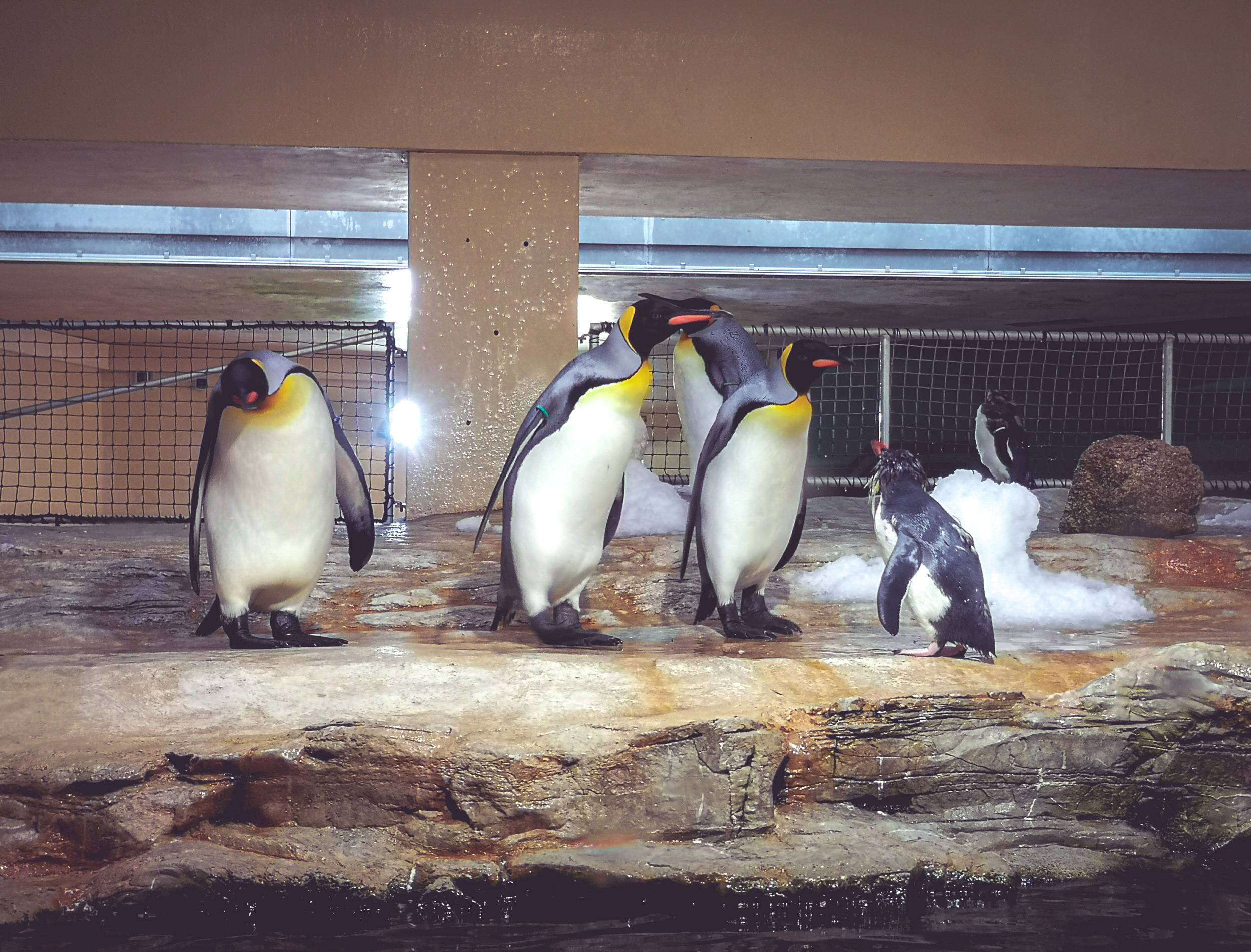
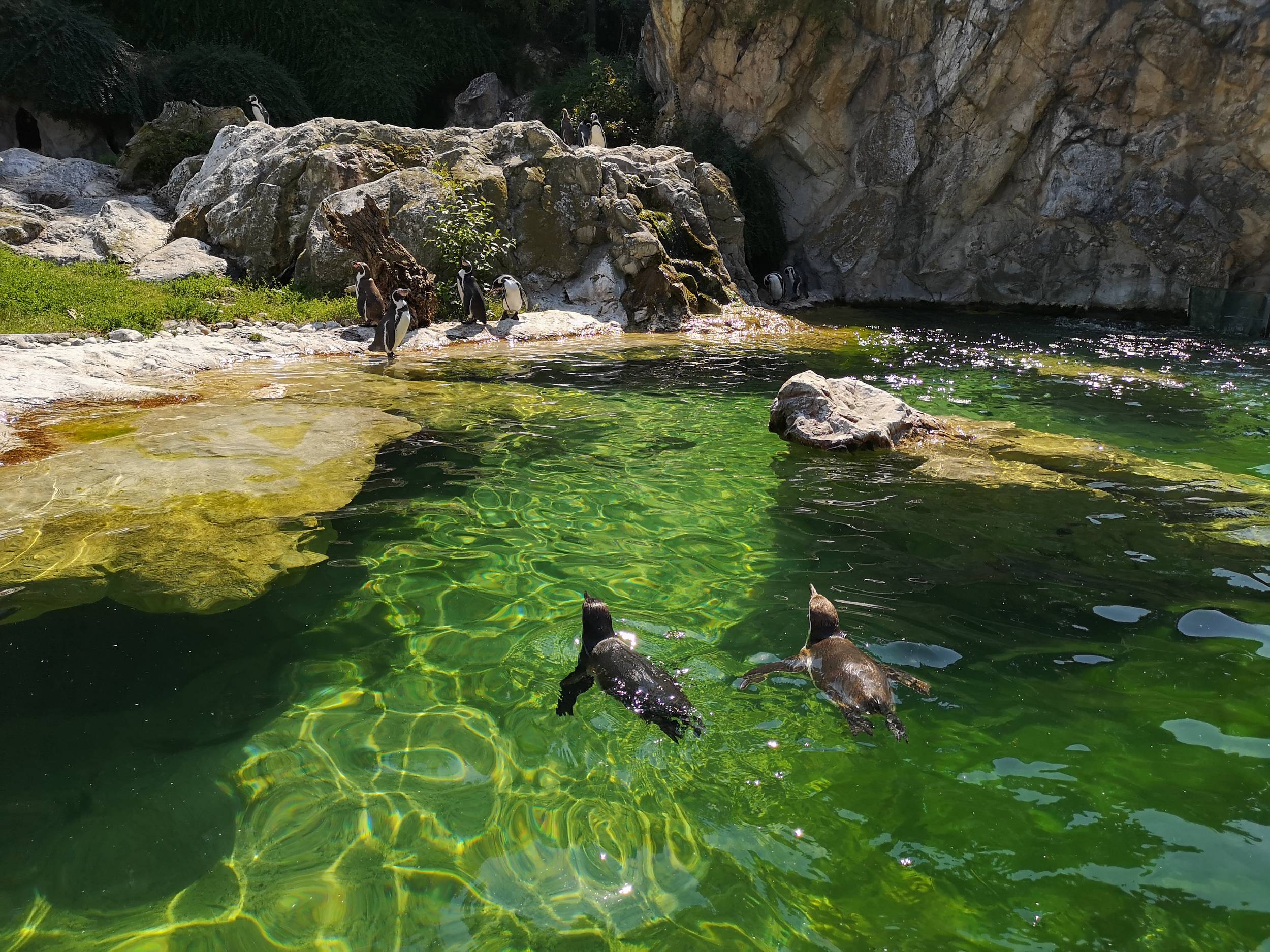
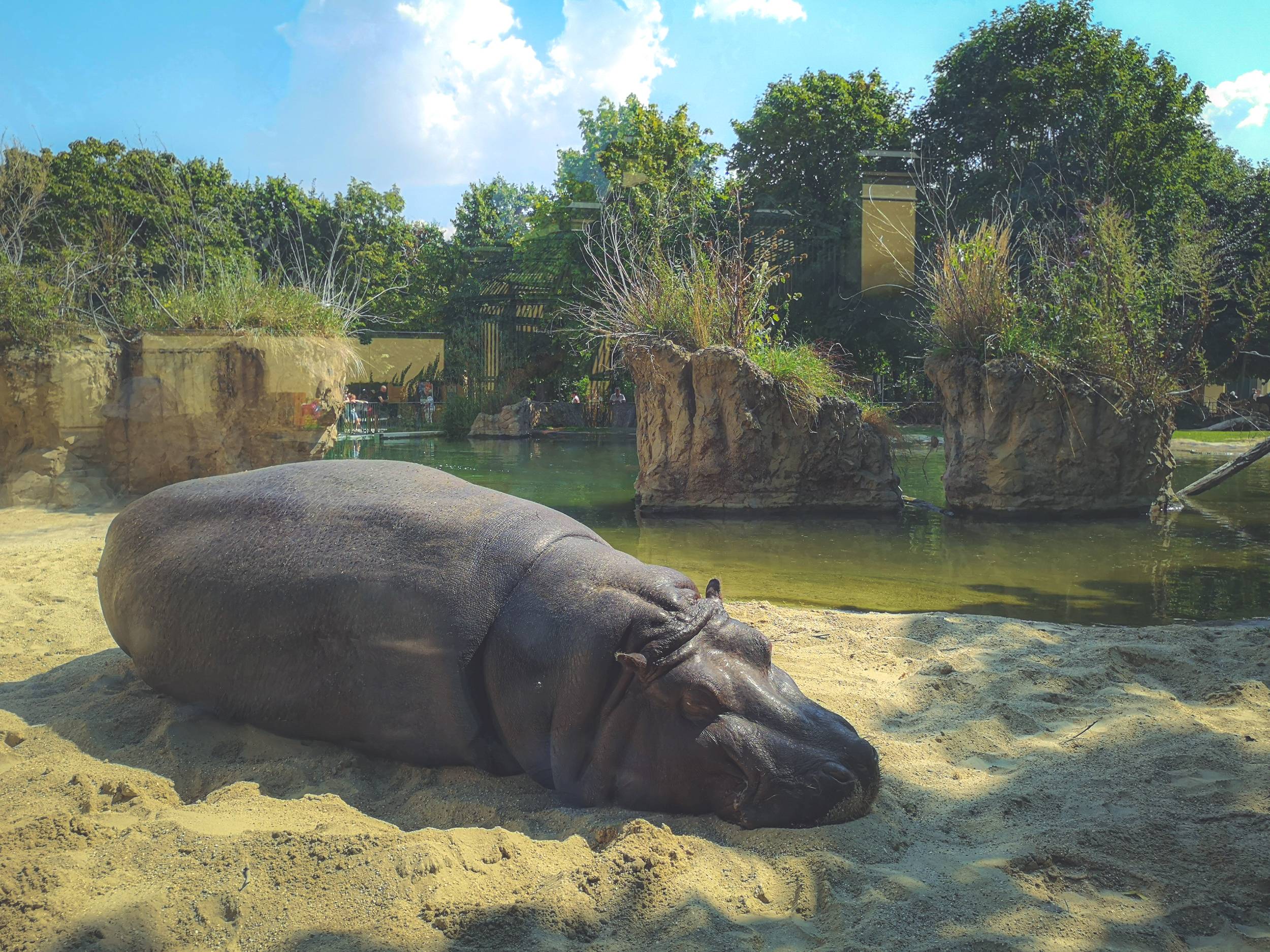
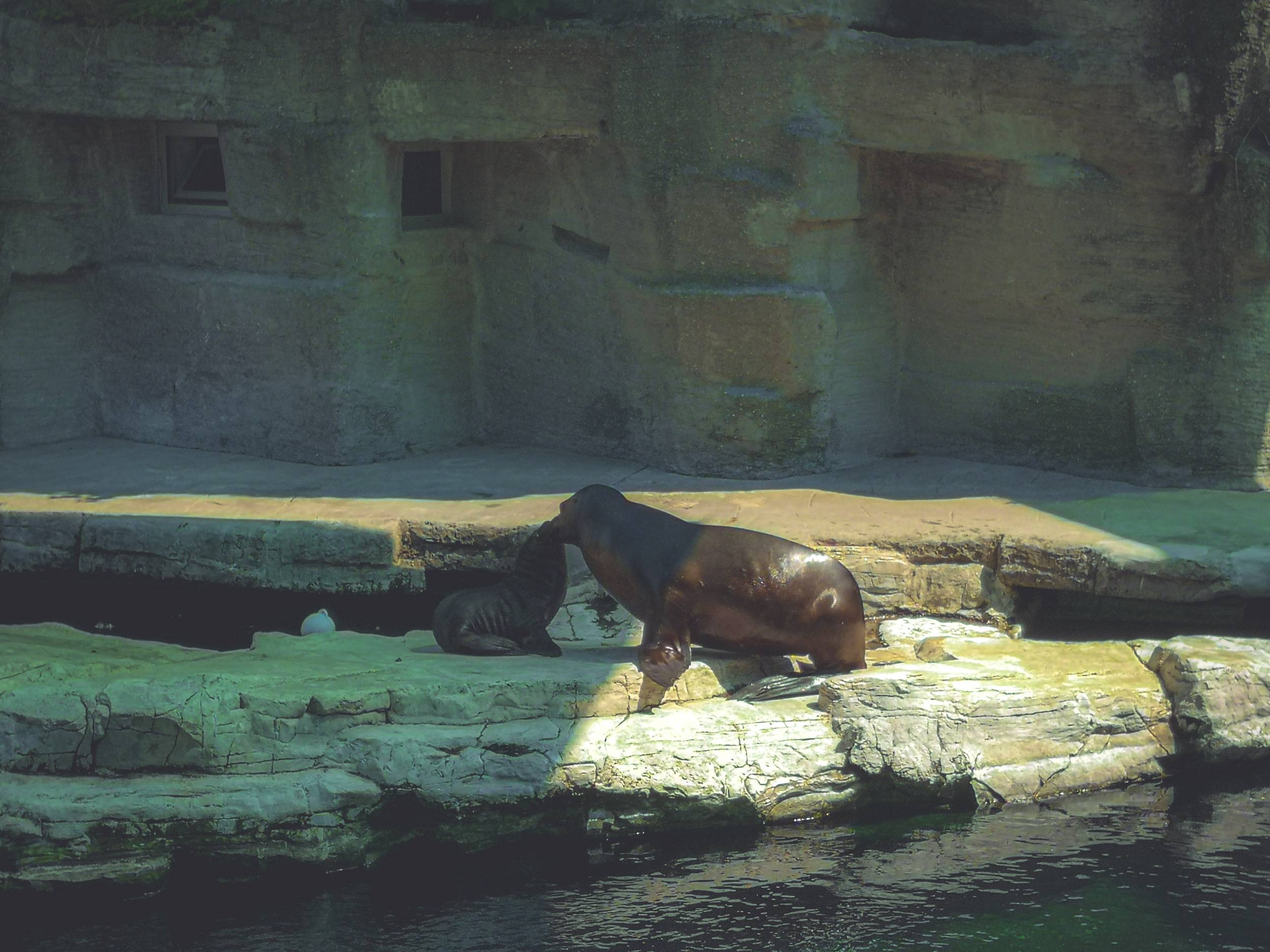
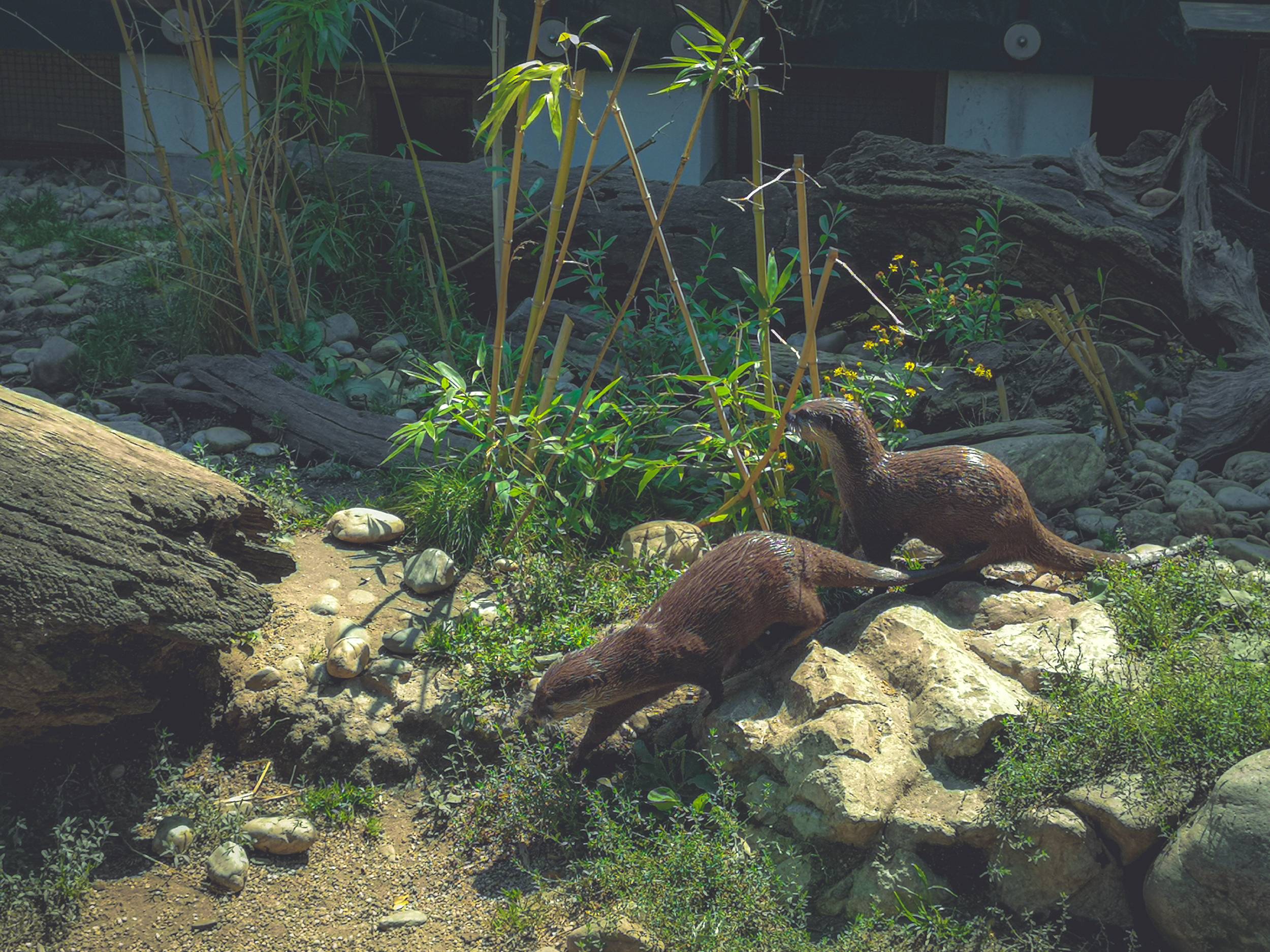
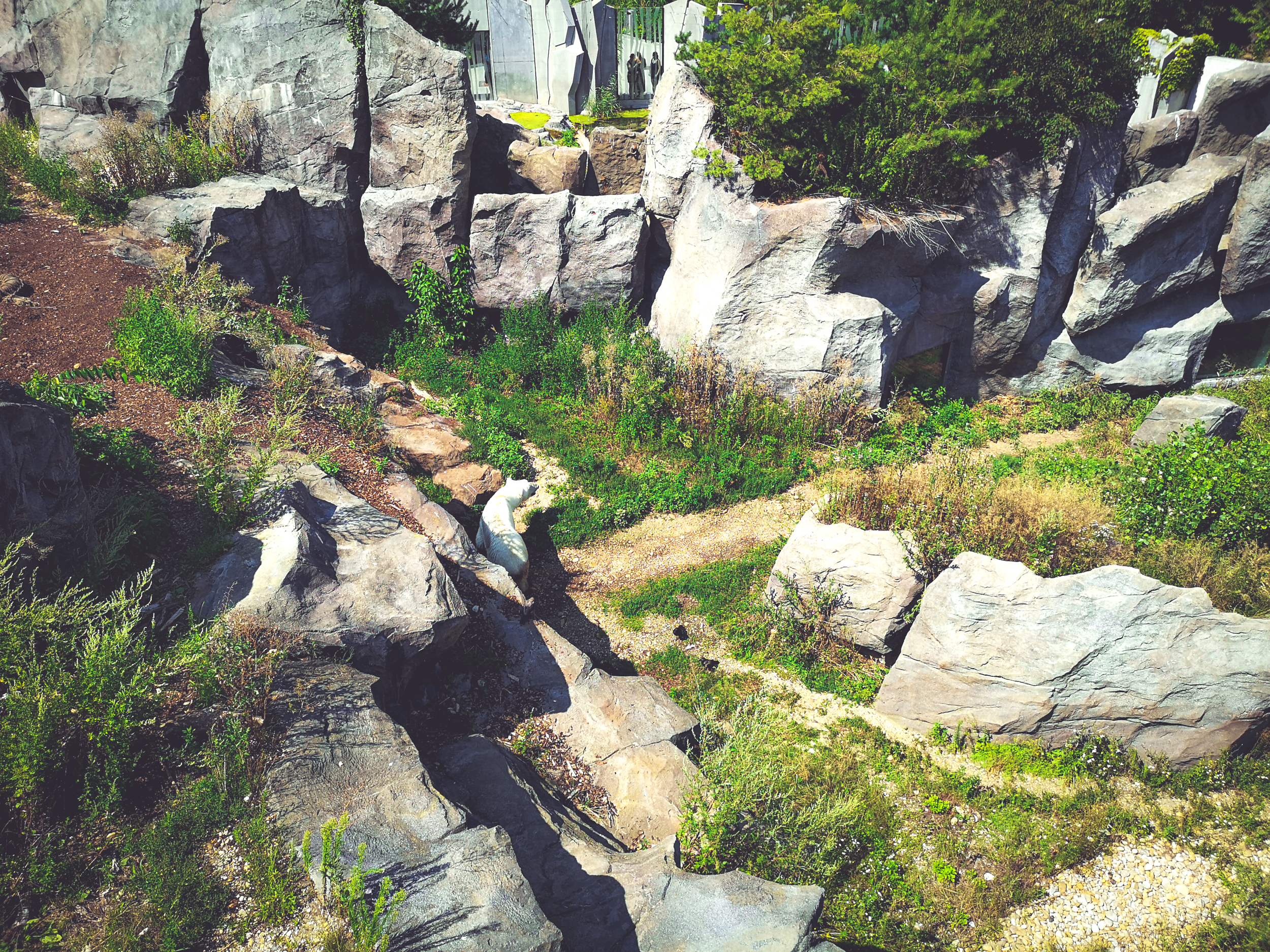
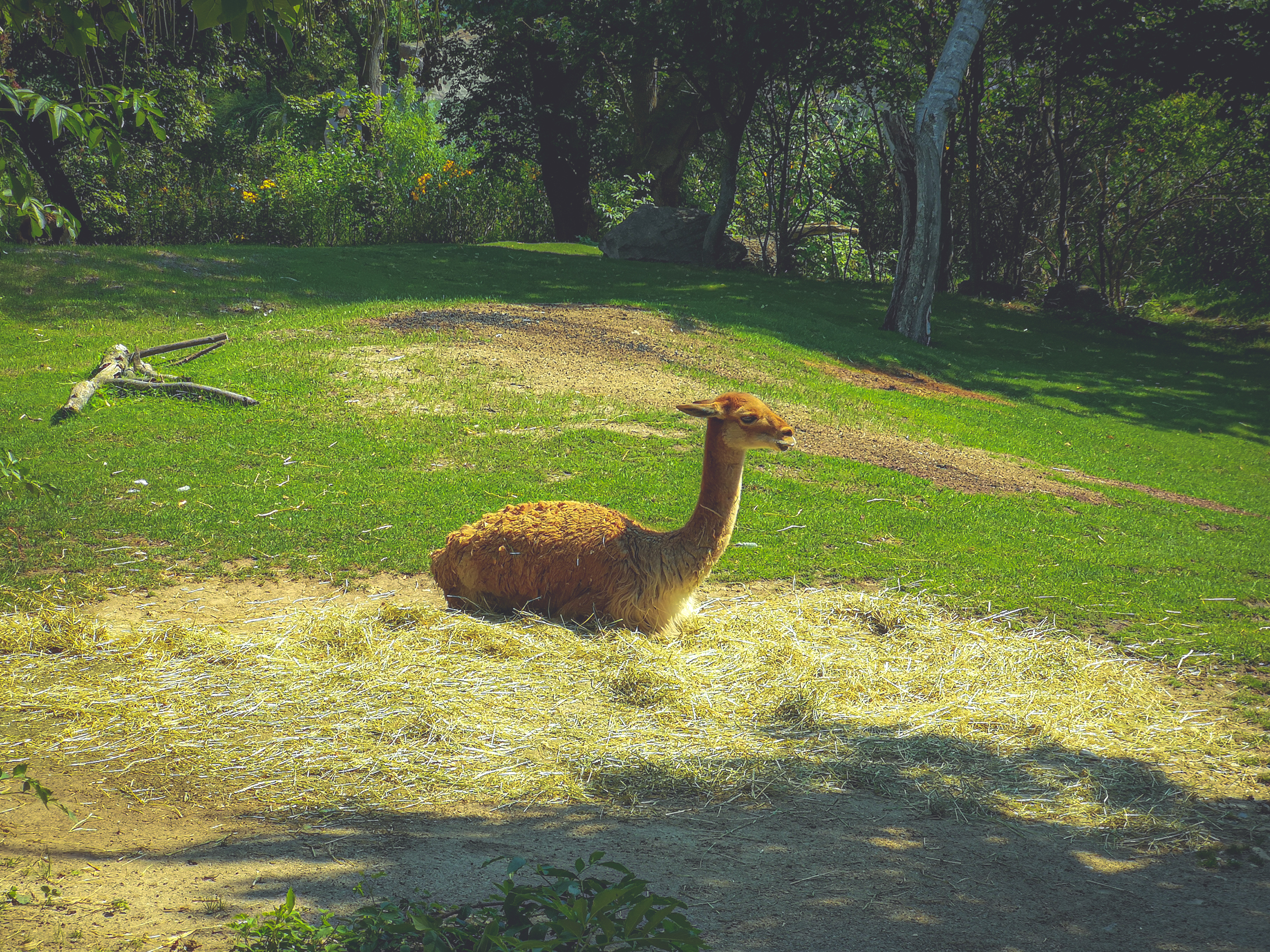
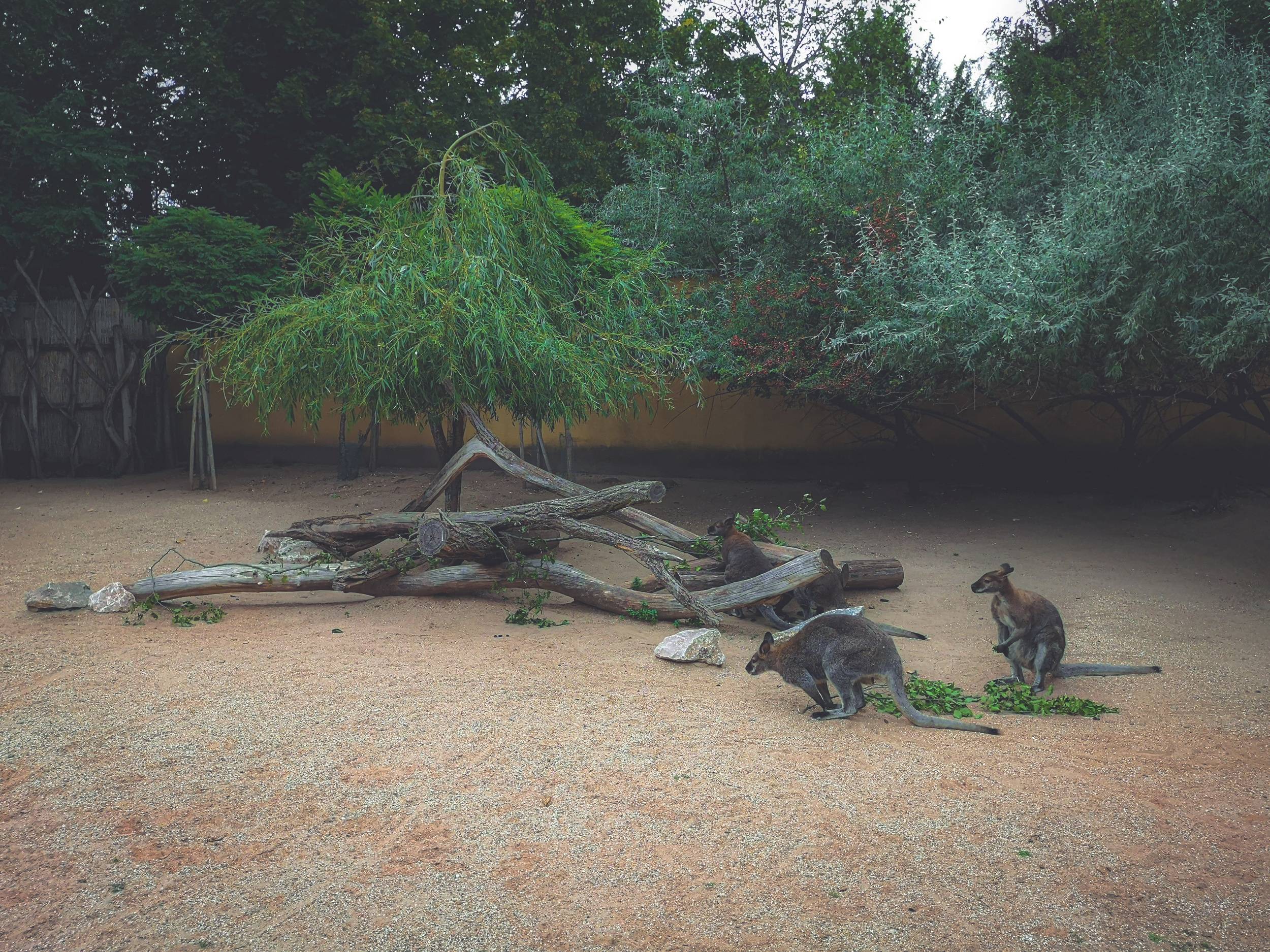
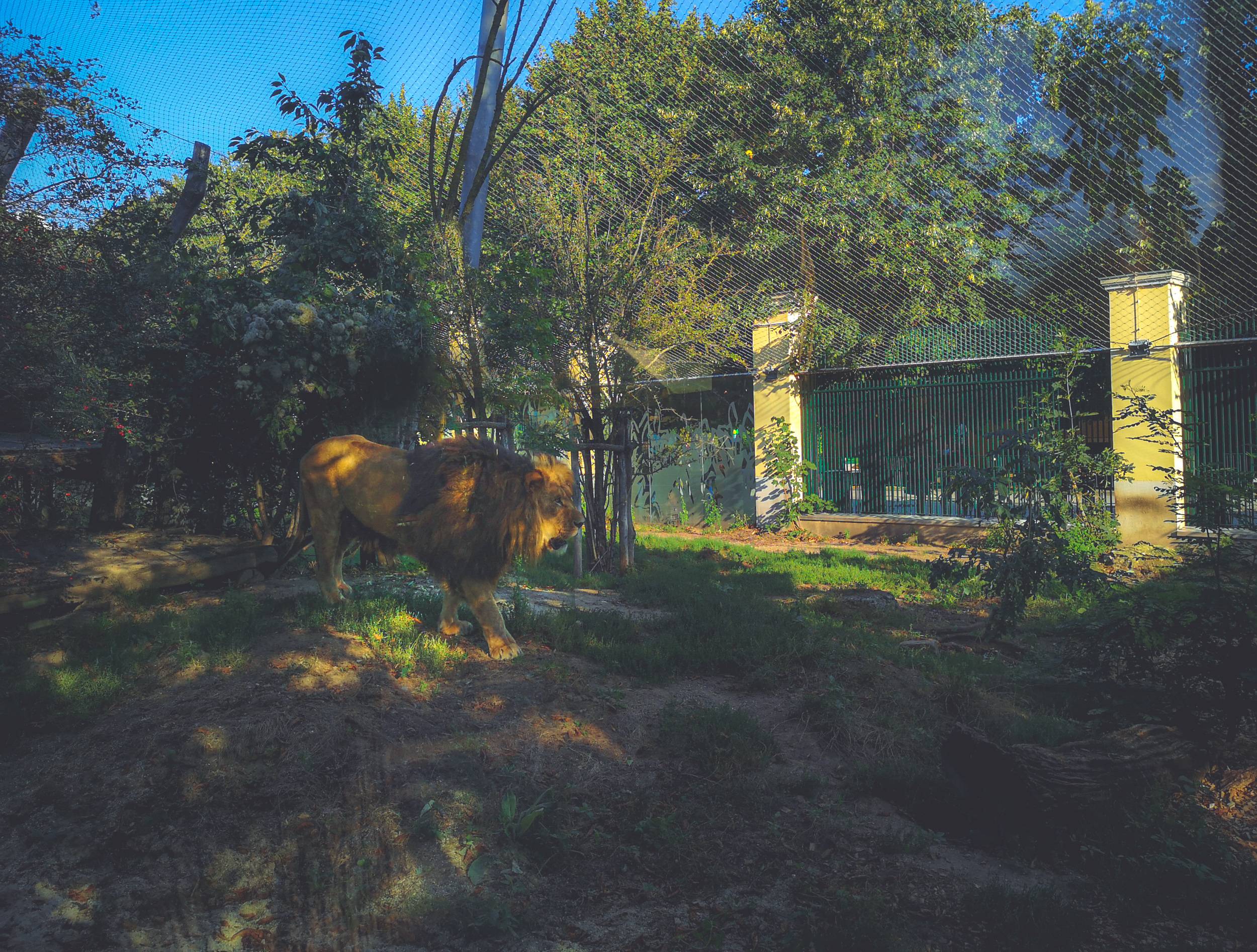
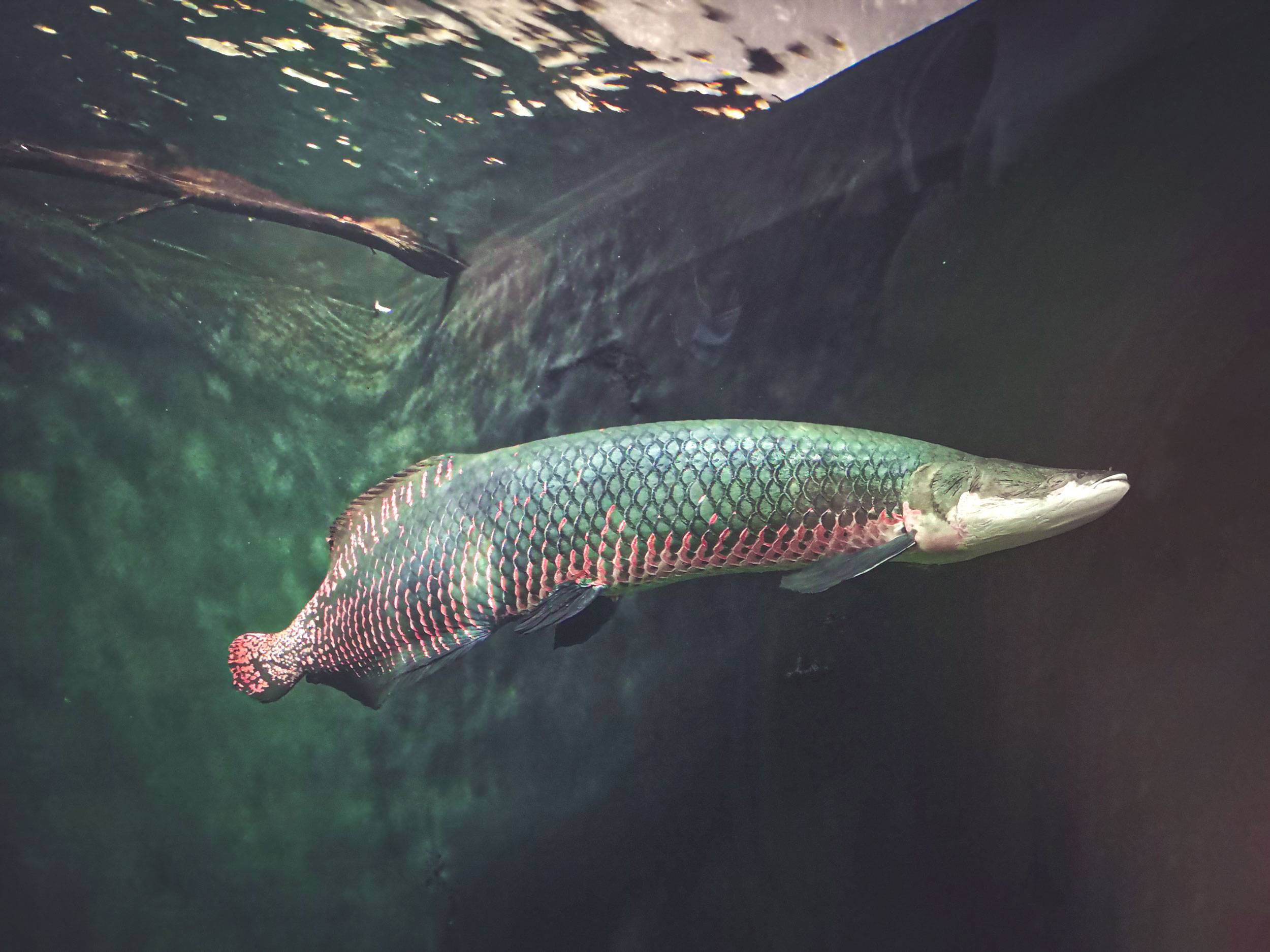
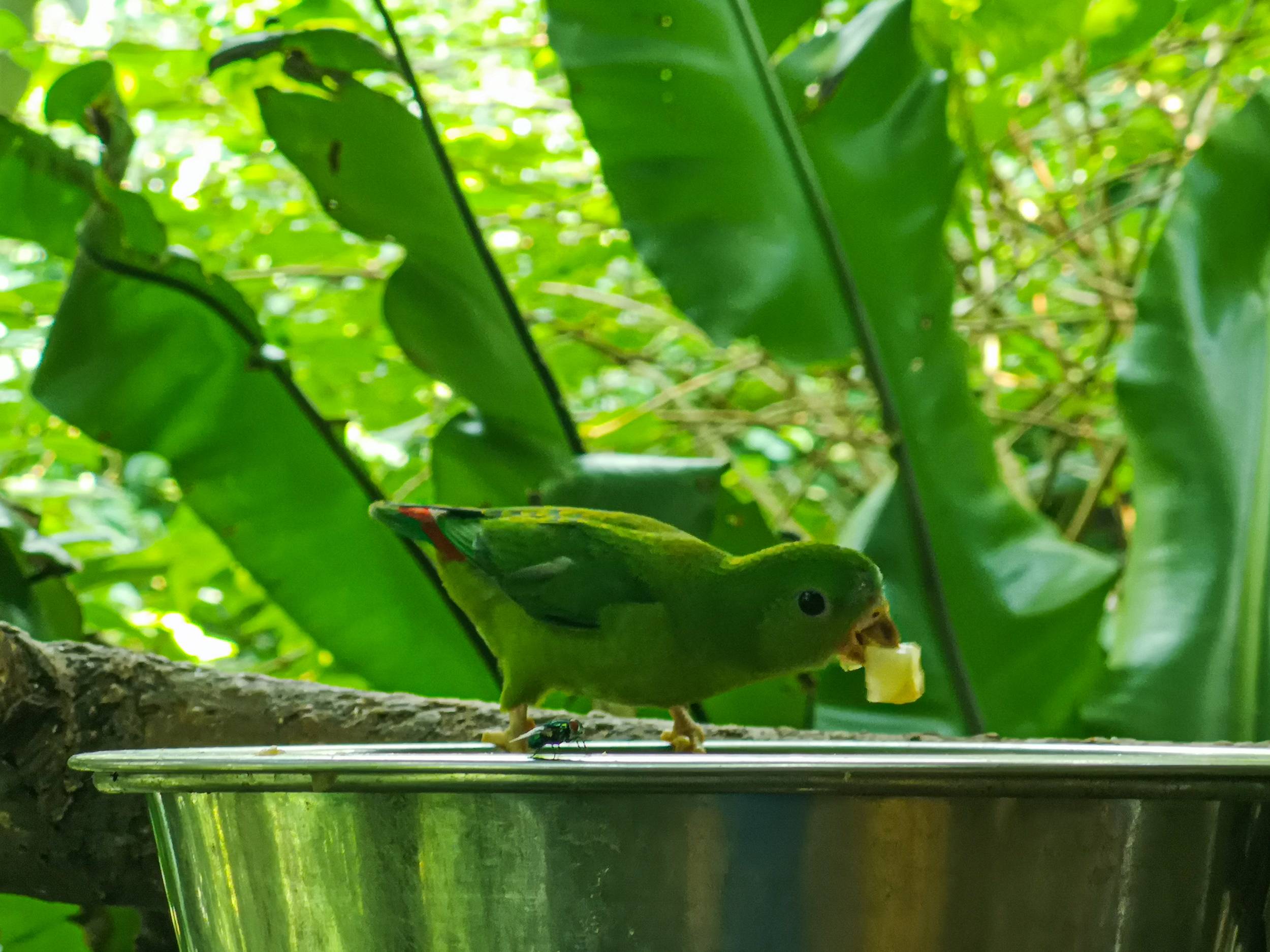
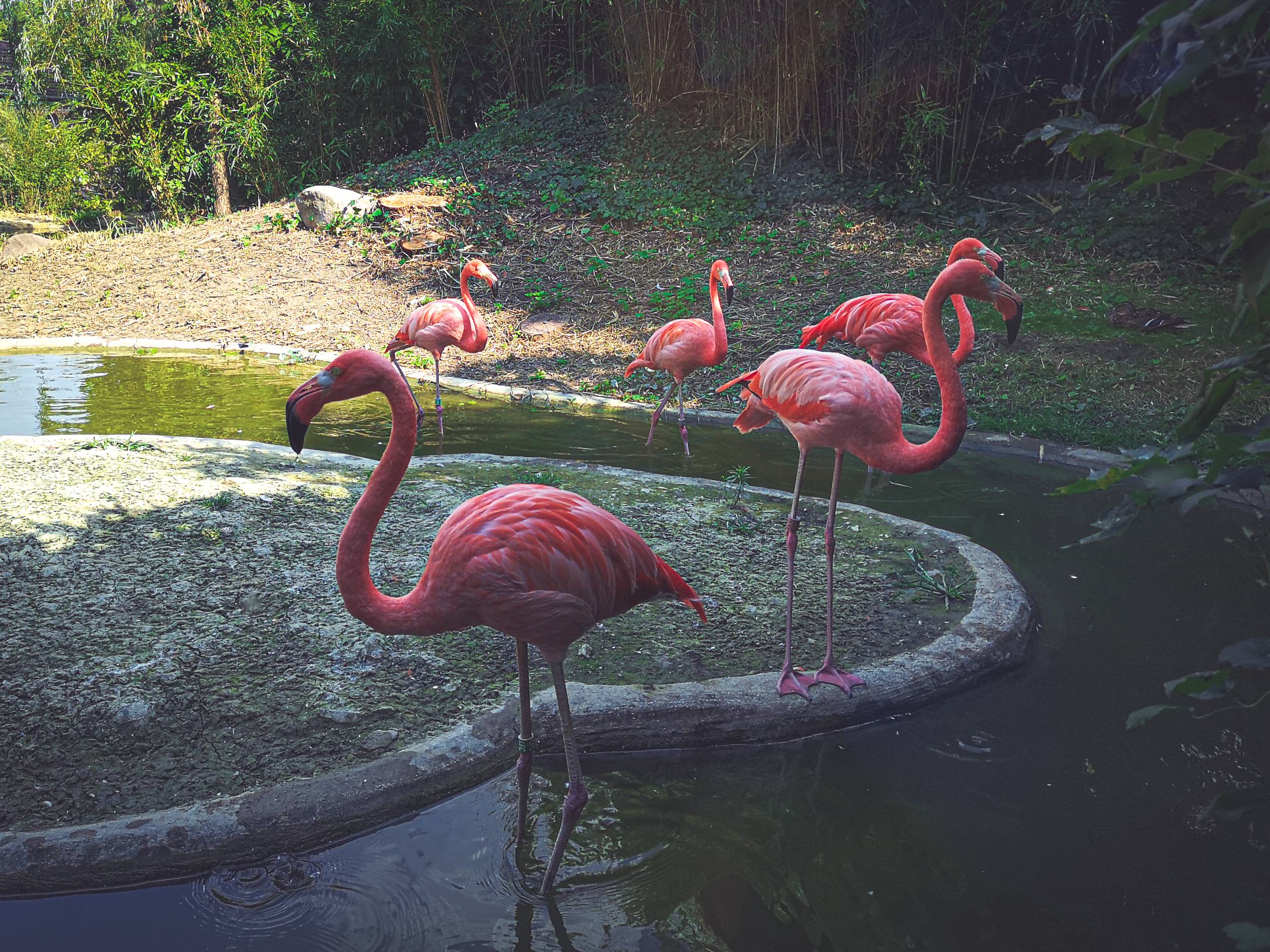
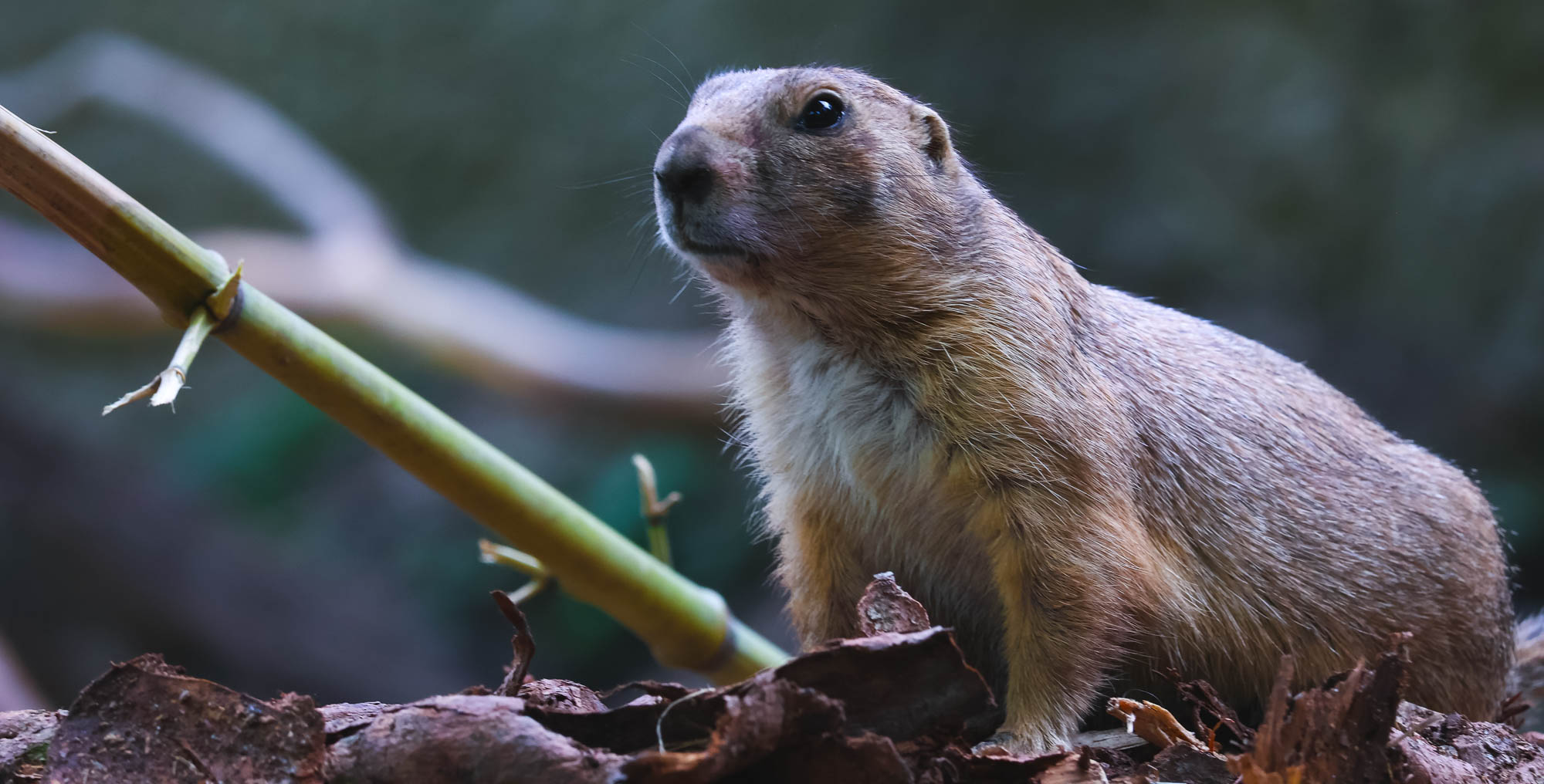
Despite their big numbers, prairie dogs natural numbers are threatened by the expansion of agriculture and persecution. Photo by Alis Monte [CC BY-SA 4.0], via Connecting the Dots